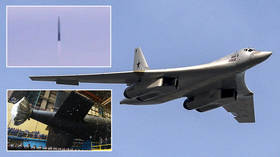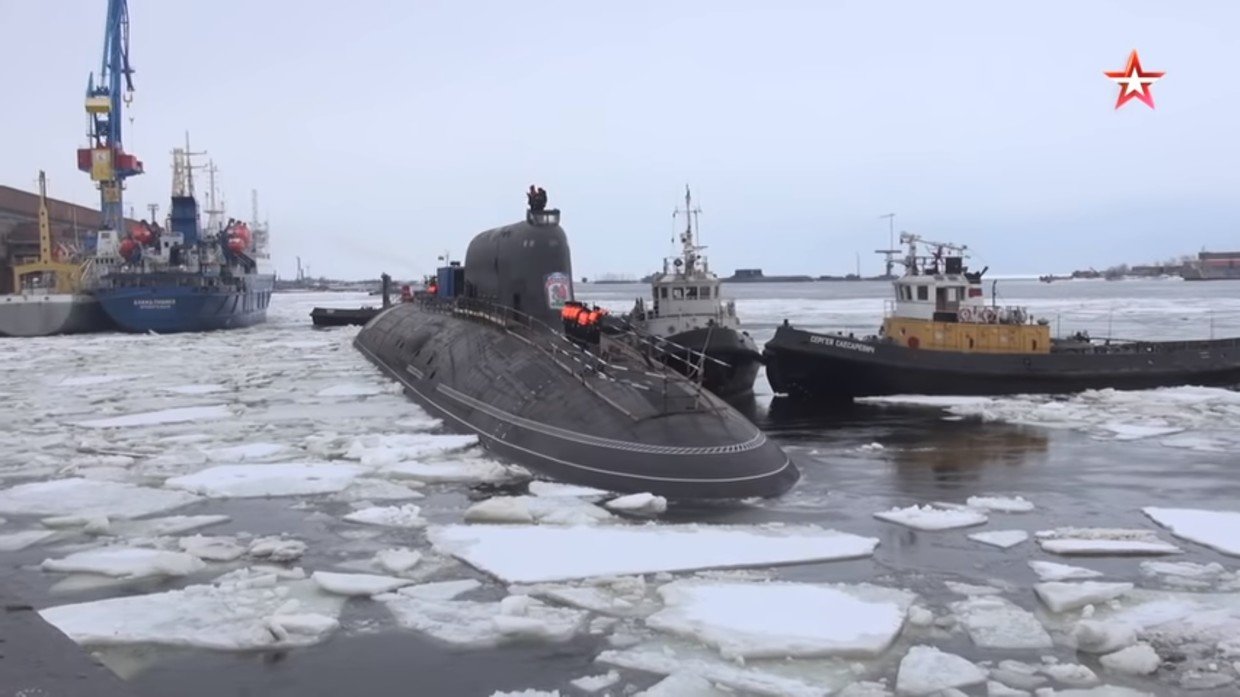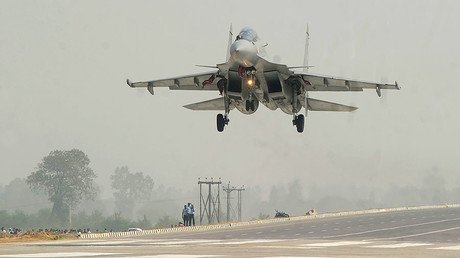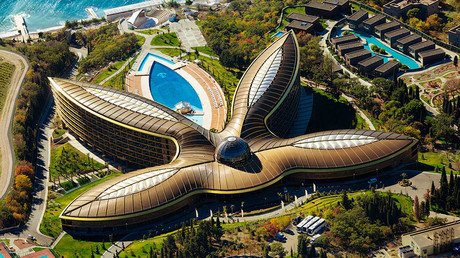From hypersonic glider to nuke subs: Meet Russian arms on brink of deployment (PHOTO, VIDEO)

Moscow has finished testing its newest hypersonic glider which will enter service in 2019. As the date nears, RT has picked several state-of-the-art weapons that are due to boost Russia’s deterrence soon.
Modern weapons projects can take decades of development, and for obvious reasons are shrouded in layers of secrecy and obfuscation. Here are five Russian weapons, which are pretty much certain to enter service within a year or so.
Avangard hypersonic glider
The Avangard hypersonic glider was successfully tested on Wednesday and missiles tipped with it will be delivered to strategic troops as soon as next year. The weapon is expected to become the standard warhead for the upcoming Sarmat extended-range ICBM.
The glider and the Sarmat are two of five weapon systems announced in March as Russia’s response to the US’ development of a global anti-ballistic missile system.
Kinzhal missiles
Another one of the five is the Kinzhal ballistic missile, and it had the shortest trip to deployment, even if provisional and not yet operational. The air-launched hypersonic projectile was supposedly derived from a missile fired by Iskander-M mobile launcher and requires a special fast-moving platform, like the Mig-31K interceptor or the Tu-22M3 bomber.
‘New’ White Swans
The Tu-160 supersonic bomber has been around since 1980s, and the Russian Air Force is now upgrading its fleet to the advanced ‘M’ and ‘M2’ variants and will later re-launch series production of new Tu-160M2s in Kazan. The new ‘White Swans’ get better avionics and new hull coating to reduce radar cross-section
Upgraded Yasen-class attack submarines
Next year, the Russian Navy is also to get its first modernized Yasen-class nuclear propelled attack submarine, the replacement for ageing Soviet subs. The lead ship of the class has been in service since 2014, but the project was upgraded based on its performance. The first Yasen-M-class submarine, the Kazan, is about to finish sea trials while another one, the Novosibirsk, is to be launched next year.

More stealth technology for Borei-class subs
The Borei-A class is another advanced version of a modern Russian submarine, but instead of cruise missiles and torpedoes it carries nuclear long-range missiles. There are three older ships of the class in service, but next year the Russian Navy is getting their first modernized Borei, the Knyaz Vladimir, which is stealthier and more comfortable for the crew.
The Russian military have other ambitious plans or projects of yet-unproven value, so projects like the Poseidon nuclear submersible drone and the Peresvet laser system didn’t make it to the top-5 list. But keeping them in mind would be wise too.
If you like this story, share it with a friend!














